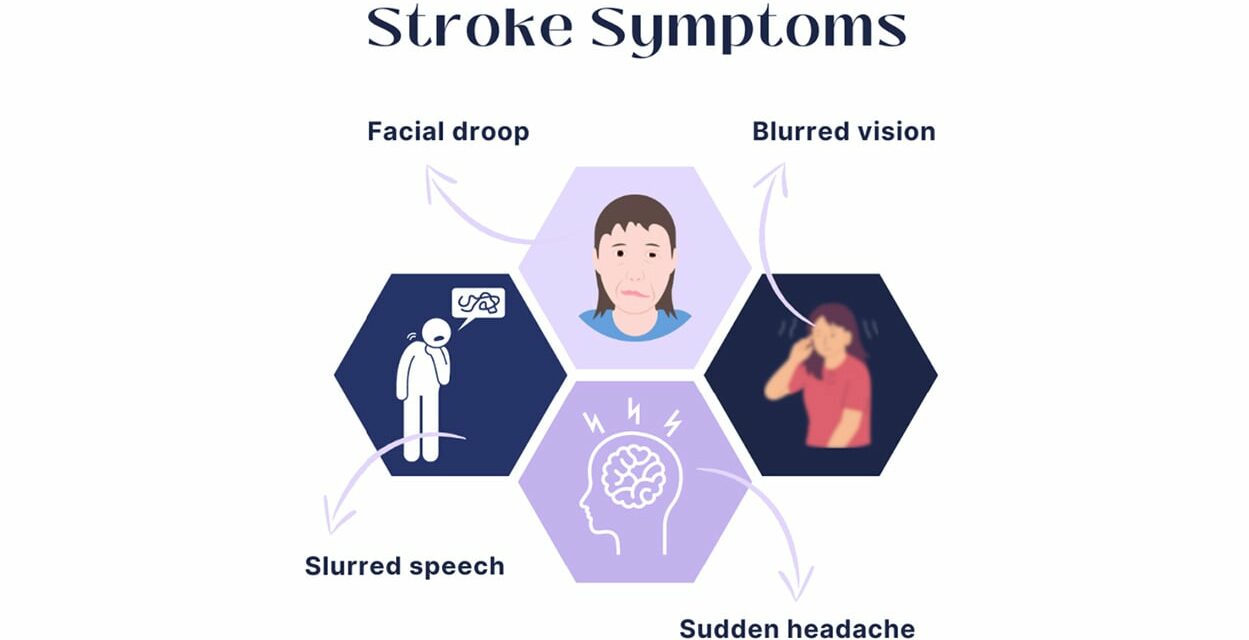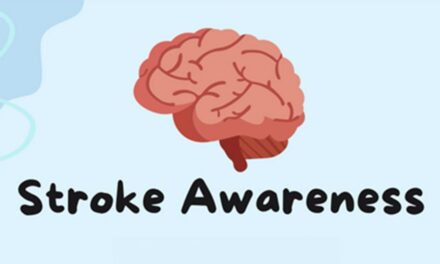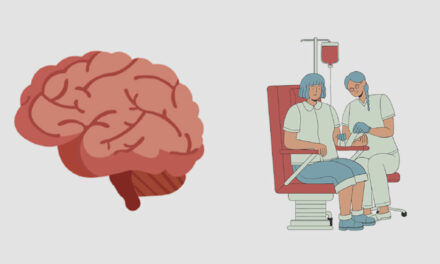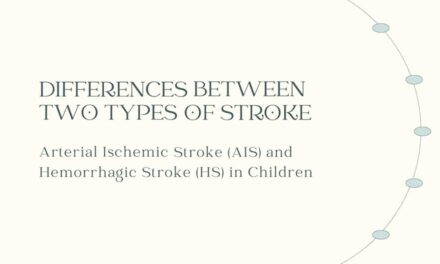Background: This study sought to explore how the community and schools where children live might affect what they know about stroke. This information could benefit public stroke education campaigns, which can increase awareness about early warning signs and preventative measures. The researchers looked for associations between the quality of a community, its schools, and how much kids knew about stroke before joining the Hip Hop Stroke program.
Methods: From November 2005 to April 2014, researchers tested 2839 children (ages 9-11 years) in the fourth, fifth, and sixth grades on what they knew about stroke. They assessed the children’s knowledge to compare how well their schools were performing based on school performance grade (SPG, graded from A to F), a measure determined by the New York City (NYC) Department of Education. They also compared their knowledge to how much economic help their communities needed using the economic need index (ENI; measured on a scale from 0 [least economically challenged] to 2 [most economically challenged]).
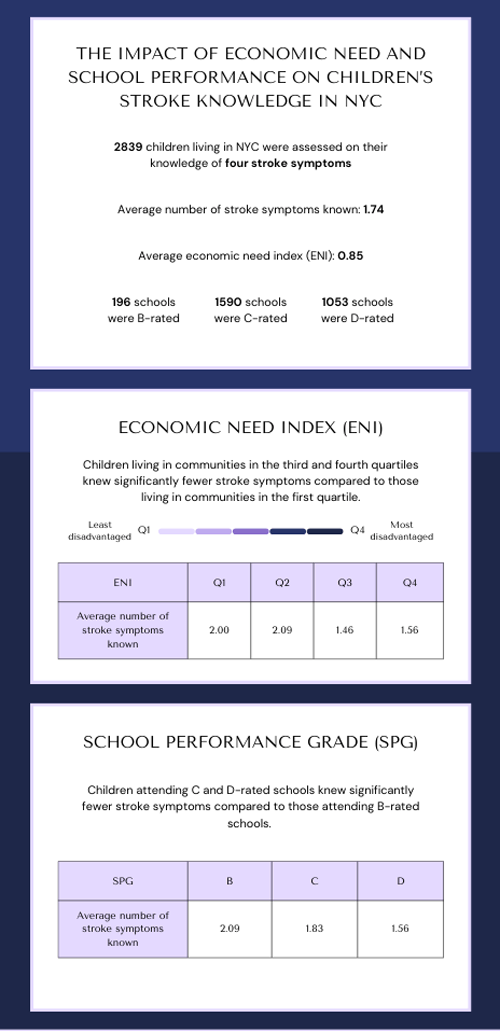
Results: The researchers looked at B (196 schools), C (1590 schools), and D (1053 schools) grade schools. The average ENI was 0.85, with a standard deviation of 0.23. Since 2006, they provided children with a total score based on their ability to identify 4 common stroke symptoms: blurred vision, facial droop, sudden headache, and slurred speech. While a guess or no knowledge of stroke symptoms was scored as a 2, on average, students correctly identified 1.74 out of 4 stroke symptoms. When they divided the communities into quartiles based on economic need, they discovered that children in the third and fourth quartiles knew significantly less compared to those in the first quartile (1.46 and 1.56 symptoms vs. 2.00 symptoms). Regarding SPG, children from C- and D- rated schools knew significantly less compared to those in B-rated schools (1.83 and 1.56 symptoms vs. 2.09 symptoms).
Conclusion: In this study, children in NYC who live in communities with more economic challenges and attend schools with lower performance levels knew less about stroke and its symptoms. These findings can help us develop better strategies for stroke education campaigns.
Reference, Original Abstract
Simmons C, Noble JM, Leighton-Herrmann E, Hecht MF, Williams O. Community-Level Measures of Stroke Knowledge among Children: Findings from Hip Hop Stroke. J Stroke Cerebrovasc Dis. 2017 Jan;26(1):139-142. doi: 10.1016/j.jstrokecerebrovasdis.2016.08.045. Epub 2016 Oct 14. PMID: 27751629; PMCID: PMC5183542.
Keywords: Education, Stroke Prevention, Social Determinants, Prevention
Graphics: Natalie Mahgerefteh
Medical Editors: Akshat Pai, PhD Candidate
Junior Editor: Sanjana Sivakumar

